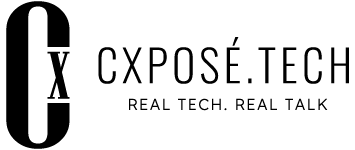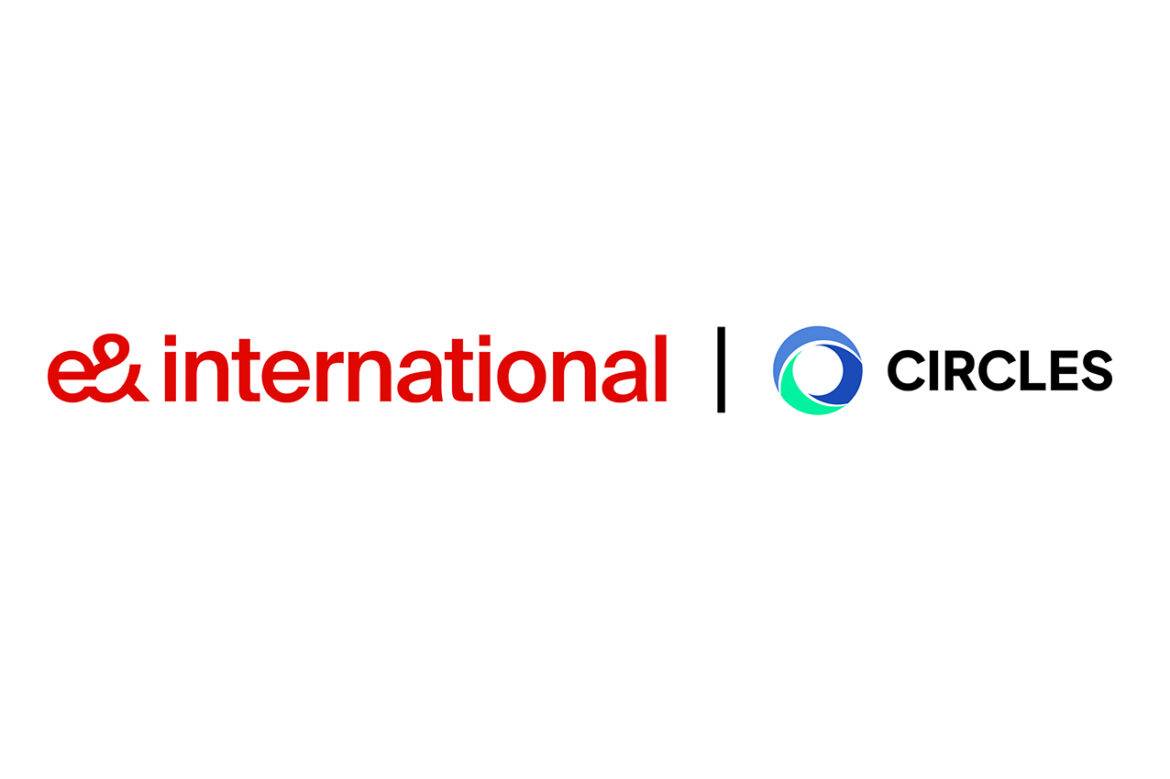In today’s ever-changing business landscape, when expenses increase and prices decline, organizations are often faced with tough decisions. Layoffs seem inevitable.
According to Layoffs.fyi, job cuts in the technology sector, totaling 201,860 currently, exceed the total number of tech layoffs in 2022. The main culprits were identified as Amazon, Google, and Microsoft, and indicators point to job cuts in the tech sector overall, not easing up.
Although challenging, layoffs are sometimes seen as a prudent step to mitigate capital losses and ensure cash flow. Case in point is technology conglomerate Meta, formerly known as Facebook.
At time of writing, they have had two massive job cuts since last September. Many see it as the result of their re-pivot towards advanced AI from their metaverse initiatives. Last year operating losses were a jaw-dropping USD13.7 billion, while this year they recorded USD4 billion.
However, not all layoff exercises are motivated by good faith.
This article explores the implications of layoffs, including the loss of knowledge, skill sets, working relationships, and the impact on loyalty and morale.
Additionally, we delve into the question of whether organizations, particularly those that can operate leanly like startups, should have maintained their lean structure from the start. Lastly, we discuss how businesses can adapt to the changing landscape by leveraging technology and empowering marketers to remain afloat.
Prudence vs. Capital Losses
During periods of softening markets, it is understandable for organizations to consider layoffs as a means of stemming capital losses. Prudent financial management often entails making tough decisions to ensure the organization’s long-term stability.
Case in point is technology conglomerate, Meta, formerly known as Facebook.
At time of writing, they have had two massive job cuts since last September. Many see it as the result of their re-pivot towards advanced AI from their metaverse initiatives. Last year operating losses were a jaw-dropping USD13.7 billion, while this year they recorded USD4 billion in operating losses.
By reducing workforce costs, businesses aim to maintain positive cash flow and weather the storm. However, the approach and execution of such exercises play a crucial role in determining their impact on your organization and its employees.
Lean Organizations and Long-Term Strategy
The concept of lean organizations, akin to startups, emphasizes agility, efficiency, and adaptability. If a large organization can operate effectively with a lean structure, questions arise as to why it did not maintain this approach from the beginning.
While circumstances may necessitate temporary cuts, it is essential for businesses to reevaluate their long-term strategy and consider whether a leaner structure could provide resilience, sustainability and coordination.
Meta is yet another prime example of this. When they made their pivot away from their money-bleeding USD13.7 billion cost center, a reported 21,000 in total lost their jobs.
As recently as last March, CNN reported Zuckerberg saying Meta was going to reduce its team size as well as, “…close around 5,000 additional open roles that we haven’t yet hired.”
Didn’t Meta lay off 10,000 employees just six months before?
Mitigating Customer Impact
Layoffs can have an unintended impact on customers. Reductions in workforce may lead to slower response times, decreased product or service quality, or disrupted business processes.
To mitigate these effects, organizations must communicate transparently with their customers, setting realistic expectations and providing necessary support during the transition.
During times of financial distress when cost-cutting is being considered, customer needs and customer experience should be at the forefront of decision-making processes.
I heard of a certain financial media that opted to print their weekly newspaper on paper that was lower quality than before, as a cost-cutting measure.
Loyal customers may note as I did, that the paper’s surface was not as smooth nor the images as vivid as before. And advertisers may gripe, but in the bigger scheme of things, the paper still delivered the information and insights that it was being subscribed for.
Was that cost-cutting measure necessary? What can that organization do to offset the impact loss that advertisers perceived?
Impact on Working Relationships, Loyalty, and Morale
Layoffs can disrupt established working relationships and erode the sense of loyalty and morale among the employees who remain. Witnessing colleagues leave can create a sense of uncertainty and fear, leading to decreased motivation and productivity.
Organizations must proactively address these concerns through transparent communication, empathy, and by fostering a supportive work environment. To find out how else to motivate and leverage your employees, read on.
Evaluating the Role of Automation
As organizations seek to optimize efficiency and reduce costs, automation and artificial intelligence (AI) have gained prominence. While machines can replace certain tasks traditionally performed by humans, it is important to recognize their limitations.
Some roles require complex decision-making, creativity, and emotional intelligence that machines currently cannot replicate. Give credit where credit is due and recognize the role automation can have instead in augmenting human skills and productivity.
Automation is often utilized for repetitive and mundane tasks. When this happens, the organisation can also invest in upskilling their human capital in areas like soft skills and people management.
Or encourage employees to learn new and important skills like prompt engineering and data governance. Help your people help your organization’s automation AI initiatives.
Upskilling resources
Striking the right balance between human expertise and automation is crucial to maintaining productivity and ensuring that valuable human skills are utilized effectively.
Investing in your human capital so they can contribute more effectively in your organization, can also earn you brownie points in terms of increased productivity, motivation, and loyalty.
Marketers Driving Business Continuity
Marketers play a crucial role in ensuring business continuity during challenging times.
By adopting innovative strategies and leveraging digital channels, marketers can reach customers effectively and drive revenue. The focus should shift towards understanding changing consumer behaviors, optimizing marketing campaigns, and utilizing data-driven insights to make informed decisions.
Amidst the need to adapt to changing market conditions, organizations can explore the role of technology and automation in replacing certain marketing tasks.
As machines become more capable, businesses can leverage automation to streamline processes, increase efficiency, and reduce costs. This shift allows marketers to focus on higher-value activities that require human creativity, critical thinking, and relationship building.








